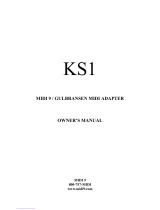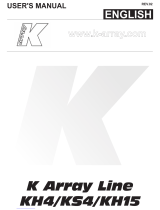M-system R3-NF1 is a network interface module designed for use with Fuji Electric T-Link. It enables communication between T-Link devices and a host system. The module supports hot swapping, allowing for easy replacement without interrupting system operation.
The R3-NF1 offers several configurable options to meet specific system requirements. Data allocation settings determine the size of the data area assigned to each I/O module mounted on the base, ensuring efficient data transfer. Node addressing allows for the assignment of unique identifiers to each module, facilitating communication within the network.
M-system R3-NF1 is a network interface module designed for use with Fuji Electric T-Link. It enables communication between T-Link devices and a host system. The module supports hot swapping, allowing for easy replacement without interrupting system operation.
The R3-NF1 offers several configurable options to meet specific system requirements. Data allocation settings determine the size of the data area assigned to each I/O module mounted on the base, ensuring efficient data transfer. Node addressing allows for the assignment of unique identifiers to each module, facilitating communication within the network.






-
 1
1
-
 2
2
-
 3
3
-
 4
4
-
 5
5
-
 6
6
M-system R3-NF1 is a network interface module designed for use with Fuji Electric T-Link. It enables communication between T-Link devices and a host system. The module supports hot swapping, allowing for easy replacement without interrupting system operation.
The R3-NF1 offers several configurable options to meet specific system requirements. Data allocation settings determine the size of the data area assigned to each I/O module mounted on the base, ensuring efficient data transfer. Node addressing allows for the assignment of unique identifiers to each module, facilitating communication within the network.
Ask a question and I''ll find the answer in the document
Finding information in a document is now easier with AI
Related papers
Other documents
-
Mackie DC16 Road Case Operating instructions
-
 GULBRANSEN KS1 Owner's manual
GULBRANSEN KS1 Owner's manual
-
Lamtec KS1-DK Assembly And Commissioning Manual
-
Bull 2104 Models DS4 and TS4 User guide
-
ABB 500FSD10 User manual
-
Bull 2104 Models DS4 and TS4 Service guide
-
OJ Electronics WLM2-BA, Modbus User manual
-
 K-array KH4 User manual
K-array KH4 User manual
-
Emerson Numatics G2-2 series Quick start guide
-
ASO Safety Solutions SENTIR edge 15-10 TT Assembly Instructions







